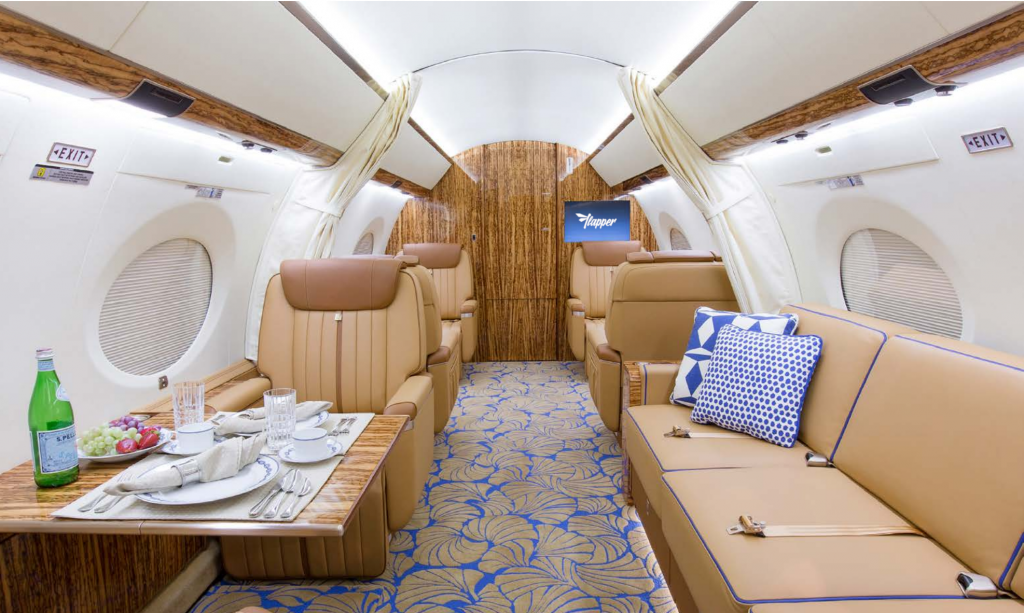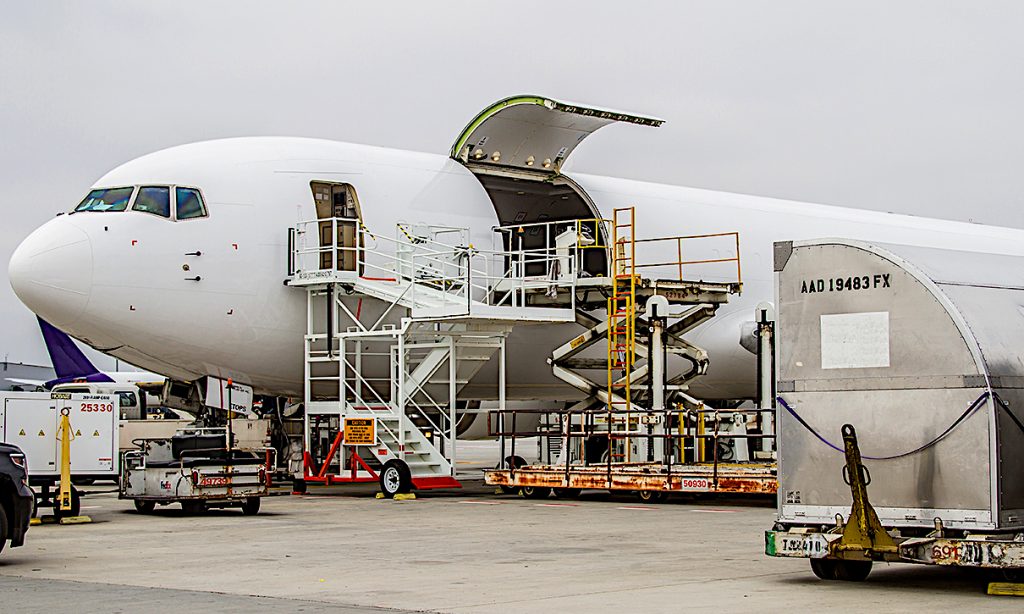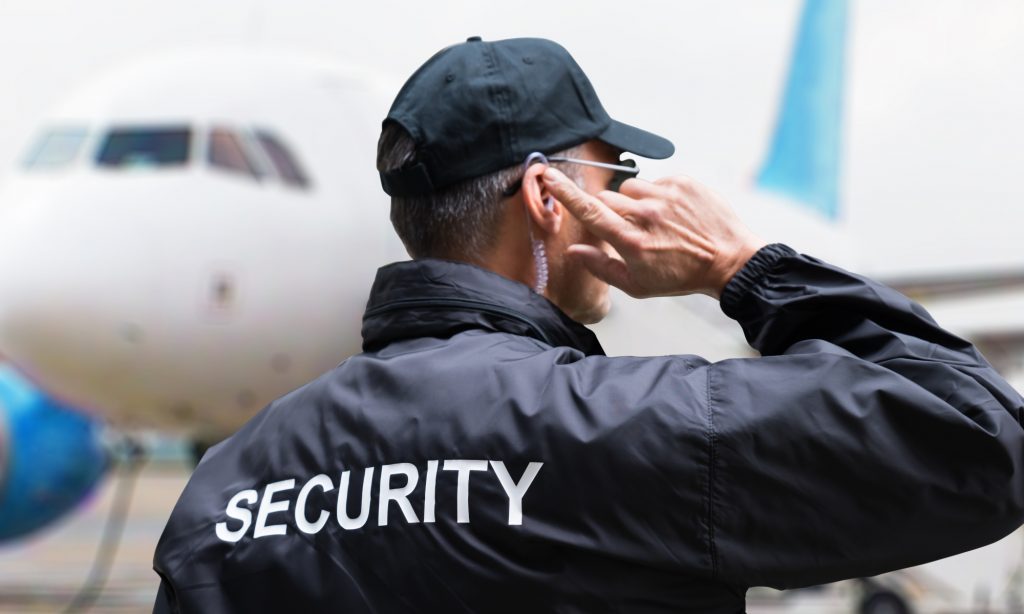Switch to:
 EN
EN  Português (PT)
Português (PT)  Español (ES)
Español (ES)
We live in unprecedented times because of the coronavirus fear and economic instability. As fear of political manipulation spreads, applying data-driven insights into aviation has never been more important. The real question we face is how slow the recovery of aviation sector will be and how can we collaborate to accelerate it. We see that the impact has been profound, although I’ll also prove that the real outlook is subject to the indicators we look at and their modeling based on available data. I’ll start by highlighting some historical data from previous respiratory diseases.
Things We Know We Know
What Can We Learn From Previous Outbreaks?
The last time the aviation sector faced a similar crisis was back in 2003. Largely unknown to aviation professionals in South America, SARS epidemic costed Asia Pacific carriers some 6 billion dollars (IATA), what corresponded to 35% of their revenues. North American airlines lost US$ 1 billion, while European carriers remained unaffected.
This time is different, for many reasons. While dealing with a more severe disease, airlines face an even more connected world, bitterly dependent on international travelers. Looking at historical data, in 2003 China represented less than 3% of global traffic. Just before the Covid-19 outbreak, it corresponded to more than 18%.
I happened to be a university student in Taiwan shortly after another major influenza pandemic, the H1N1 virus. On the same year I visited every single country in Southeast Asia and spent significant time in China. I was utterly stunned by the level of preparedness sustained by Asian societies with the advent of SARS- and H1N1 outbreaks. The usage of face masks became widespread, while social distancing seemed to have been embedded in their culture permanently ever since. To me it was clear that our Western world wasn’t prepared for anything like that.
And here it happened. Based on my experience, I hence argue that the starting point to analyzing the post-coronavirus recovery in our sector is to look at historical cases from previous pandemics. The impact left by the outbreaks of SARS [2003] and MERS [2015] serve as two most important references, due to their severity and recency.
The graph below highlights the Revenue Passenger Kilometers (RPK) evolution before- and after the outbreaks of both viruses.
Source: IATA [2020]
I look at the domestic flights only, so to better prepare you for the rest of my analysis. The conclusions are crystal clear: a V-shaped recovery pattern characterized a post-SARS recovery in China while Korea followed a U-shaped rebound. Both countries needed roughly 6 to 7 months to fully recover their revenues to pre-outbreak levels. Can we then expect the same optimistic scenario for post-Covid-19 recovery?
The Aviation’s Sector Performance In Brazil During Covid-19 Outbreak
Within the global aviation landscape, Brazil constitutes an exceptionally interesting case study. The local aviation sector is heavily dependent on domestic demand and there is little internal competition. Based on just these two characteristics, can we then assume that Brazilian aviation sector is better positioned to face the post-Coronavirus recovery?
Brazilian aviation authorities keep track of numerous statistics which we can refer to in order to prepare the first overview of the situation.
March Saw A Harsh Drop In Demand
March 2020 saw a massive 82% drop in the number of passengers on incoming flights to Brazil, on a year-on-year basis. At the same time, the domestic market suffered a -52.7% reduction. The least affected were the non-scheduled flights, which saw a -51.1% decline in the number of passengers transported.
Source: Infraero [2020]
Source: Infraero [2020]
The numbers look more optimistic when Revenue Passenger Kilometers (RPK) are considered. By cutting the least profitable routes first, airlines in Brazil reduced their domestic RPKs by -32.8% only. The international RPK saw a -42.4% drop.
Source: Infraero [2020]
The total number of operations by air carriers – which includes a sum of takeoffs and landings – dropped by -44.1% for domestic flights and -53.1% for international flights. Non-scheduled flights were reduced by -33.7% only.
Interestingly enough, at least a few general aviation airports in Brazil saw a moderate spike in demand in March on a year-on-year basis. While Curitiba’s Afonso Pena International Airport [SBCT] saw a 42% decline in number of passengers transported, the general aviation- focused Bacacheri Airport [SBBI] in Curitiba grew by 19.3%.
Number Of Transported Passengers In Selected Airports In Brazil
| Airport | Mar-19 Pax | Mar-20 Pax | % dif. |
| Congonhas [SBSP] | 1,874,375 | 1,028,426 | -45% |
| Afonso Pena [SBCT] | 548,653 | 318,373 | -42% |
| Pampulha [SBBH] | 14,665 | 9,529 | -35% |
| Campo de Marte [SBMT] | 8,322 | 5,444 | -35% |
| Santos Dumont [SBRJ] | 770,444 | 534,299 | -31% |
| Manaus [SBEG] | 230,693 | 181,924 | -21% |
| Jacarepaguá [SBJR] | 11,879 | 13,845 | +16% |
| Bacacheri [SBBI] | 1,774 | 2,117 | +19% |
Source: Infraero [2020]
April Demand Is Down Dramatically Across The Country
According to Brazilian local aviation authority ANAC, as of April 20 the number of flight operations has been reduced by 91.6% because of the coronavirus. The number of cities served by Brazilian airlines decreased from 106 to 46, while the number of weekly flights fell from 14.781 to 1.241. Gol, a domestic market leader, reduced its offer by 92%, maintaining 50 daily frequencies. The number of flights of Latam Airlines was down by 95%, with all international flights suspended. Azul maintained 70 daily flights, 90% less than in the pre-Covid period. Regional airlines VoePass and MAP suspended their operations, as of 23rd of March.
The data published by Flightradar highlights that Brazil was one of the most affected countries by the recent coronavirus outbreak. Out of 336 planes registered on February 12, only 33 were actively flying in April. We need to be careful, however, before judging the situation based on incomplete data. Numerous general aviation airplanes aren’t tracked by Flightradar what results in underreporting of a large chunk of flight activity.
According to flight schedules recently published by each airline, May will bring a small rebound in flight activity. Azul intends to return flights to 9 cities which disappeared from the list of routes it served in April. Gol will add all of its essential routes on May 1st, with more cities potentially added on the 24th of May.
How about the air taxi sector in April? According to Brazilian Association of General Aviation [ABAG], as of April 20 business aviation in had just 20% less monthly flights compared to its last-year performance. On the other hand, Germany-based business aviation company WingX points to a 65% decline although we must consider such data doesn’t include lighter aircraft or some offshore helicopter operations.
Things We Know We Don’t Know
IATA’s initial forecasts of the impact of Coronavirus, dated back to February and focused on data available from Asia Pacific region, pointed to a 13% loss of annual RPKs compared to pre-Covid 19 trend. It also predicted a slower, U-shaped recovery (comparing to a V-shaped recovery experienced post-SARS). The aforementioned forecast of airlines’ Revenue Passenger Kilometers is displayed in the graph below.
Source: IATA [2020]
Today, we know that such prognoses were overly-optimistic and that the severity of the crisis, in absolute terms, as well as the most likely recovery path both need adjustments. In fact, IATA’s latest Airlines Financial Monitor paints a rather dark picture of the global airlines performance for 2020. The organization predicts a drop in 55% of passenger revenues for the year, down by US$314 billion on a year-to-year basis.
The decline comes as a result of not just travel restrictions but also low passenger confidence. Up to 47% of all passengers surveyed by IATA wish to wait for a month or two before returning to travel. Further 28% intends wait six months, or so.
Two markets which are of particular interest to us are China and Vietnam. Earlier this April, China overtook the US as the largest domestic aviation market in the world and constitutes a valid reference to our analysis of the post-outbreak recovery. With a flight activity data available throughout 17th of April, we will use it to estimate the demand for Brazilian domestic market.
Vietnam, on the other hand, has fast squashed coronavirus curve and is now on track to implement up to 20 daily frequencies on a busy route Hanoi – Ho Chi Minh City, according to its Civil Aviation Administration. Using Sabre Market Intelligence I calculated that despite operating at its 40% pre-Covid seat capacity, Hanoi to Ho Chi Minh City is now the world’s busiest air route. The punctuality rates in the Vietnamese domestic aviation sector reached 90% and the country has already been hailed as a model-case to prove that a gradual rebound in flights is possible.
Our Forecast For Air Traffic Rebound
There are lots of relevant learnings from the China case. First and foremost, with a 47% drop in flight activity between January and April (versus comparable period), China is nowhere near to pre-Coronavirus demand levels. The previously expected U-shaped recovery has effectively become an L-shaped recovery with an unlikely revival of demand in the short term.
Furthermore, the data shows that a large chunk of all flights scheduled suffer cancellations. Lack of passengers force the airlines to cancel up to 37% of all flights, resulting in numerous complaints to the national aviation authorities.
Source: Civil Aviation Administration of China [2020]
By juxtaposing the number of flights realized with the number of newly registered Covid-19 cases we can further conclude that the both variables correlate, but the initial spike only lasted for a month.
In the below analysis I use simple forecast techniques, including moving averages and growth assumptions. The data for April is based on ANAC-published statistics and I normalized it to daily averages. I further assume that the peak of new cases took place on the 25th of April, as per official data of the Ministry of Health. I then estimate the daily number of flights based on average growth exemplified in the Chinese model. A five-day moving average is used. An overall average growth rate June / May is 6.4% and starting in July I subjectively use an additional 10% monthly growth factor. If you think that’s either exaggerated or underestimated, I can tell you that applying a 20% growth rate factor didn’t dramatically changed the scenario. A recovery from a 90%+ drop in demand is going to take many, many months.
Source: Paul Malicki, Flapper, based on the data from CAAC [2020]and ANAC [2020]
My forecast is based on the most-likely scenario of an L-shaped recovery. If it appears to be correct, August 2020 operations would be 77% below its 2019 values, while the domestic market could recover already in May 2021.
What Can We Do To Help Each Other During The Coronavirus Pandemic
One of the things I highlighted in my article is that general aviation is in a more privileged position than commercial aviation sector. To some degree, grounded airline fleets and growing demand for repatriation flights positively affected our sector.
Business aviation customers are up to 20 to 30 times less exposed to spread of viruses. Low fuel prices combined with anxiety about public transportation might favor flying in smaller aircraft. Accordingly, we might see a new category of wealthy travelers emerging in a post-Covid-19. Isn’t this the perfect moment for the industry to collaborate on launching new cross-sector flight products?
Some of the initiatives airlines can undertake to collaborate with general aviation sector during the coronavirus pandemic include:
- Marketing and distribution of boutique private airline products;
- Offering discounted charter flights to general public;
- Marketing shared helicopter flights during peak hours on popular routes, such as São Paulo – Guarulhos International;
- Using executive turbo-props, such as Pilatus or King Air to complement operations on selected Premium routes.
I believe that we are more powerful when we empower each other. And whereas we might not have all the answers, there has never been a better time for us to innovate.
About Flapper
Flapper is Brazil’s first boutique private airline, and a regional leader in charter flights. Our partner fleet counts 350 ANAC-certified aircraft in Brazil and more than 4000 overseas. We excel at cargo transportation and ambulance flights as well!
Our services

On-demand charter of jets, turbo-props and helicopters in Latin America.

Charter flights and part-cargo of medical supplies and heavy materials.

Transport of banknotes, lottery tickets, jewelry, fine arts and others.
